
When it comes to fabrics, viscose has gained popularity due to its softness, silk like touch and its versatility in fashion. This guide is going to cover the properties of the viscose fabric, its manufacturing process, and its peculiarities in comparison with other fabrics, including cotton. We shall also examine its sustainability, environmental issues and the care of more sustainable viscose fabrics.
What Is Viscose Fabric?
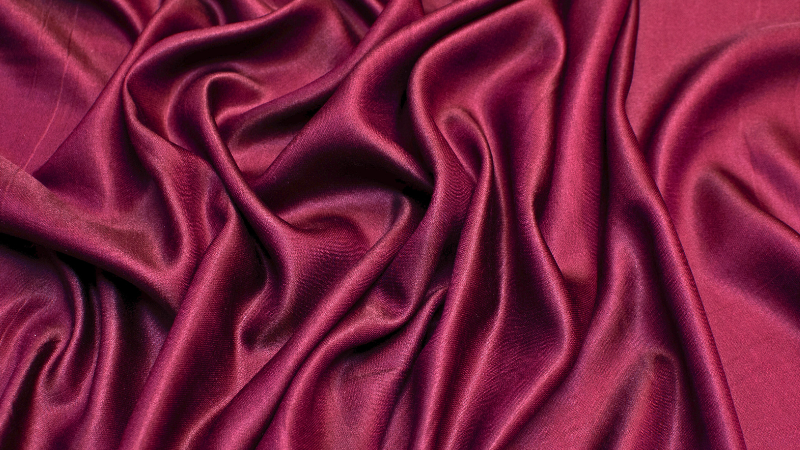
Viscose fabric is a semi synthetic material that is made of regenerated cellulose, mainly obtained using wood pulp of plants such as bamboo, eucalyptus and beech. It is very common and is most often used interchangeably with rayon filaments, particularly in the international market, having a unique mixture of natural sources and chemical treatments.
Rayon fibers are considered very valuable because they are similar to silk in texture and feel and are also soft; this is why they are normally used in manufacturing various types of textile including clothing.
The richness of the material, the beautiful swish and the ability to breathe make the material a popular alternative to silk, which can offer the same visual quality at a tiny fraction of the price. It is, however, extremely soft with certain trade-offs in durability.
Viscose might wear and tear more easily when placed in a wet environment and therefore needs additional care to ensure that it does not wear out. Although these concerns exist, the luxurious nature of the fabric usually trumps these possible disadvantages among most users.
What Is Viscose Made Of?
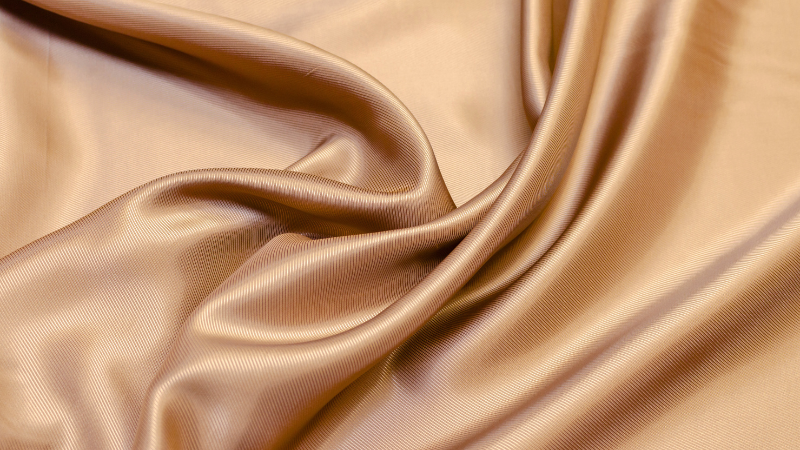
This is a semi synthetic fiber that is mainly made out of natural wood pulp cellulose through the viscose process. It starts with the extraction of cellulose of plants like bamboo, eucalyptus and beech. This is followed by the treatment of the dissolving cellulose recycled materials using chemicals such as sodium hydroxide, sulfuric acid and carbon disulfide to form a viscous solution.
This solution is extruded as conventional viscose fibers and spun into yarns and woven or knitted into fabric. The natural origin of the raw material changes it to the semi synthetic fabric category due to the chemicals used in rayon production methods, and cannot be compared to purely natural fibers such as organic cotton or wool.
Is It a Natural Fiber?
Even though it is produced through the use of natural materials, the resulting product is categorized as synthetic fiber. Here’s why:
- Natural sources: The base of this fabric is cellulose, which is produced out of natural wood pulp, which is a natural source of plants.
- Chemical processing: The cellulose is subjected to a lot of chemical processing to ensure that its structure is dissolved so that it can be converted to be utilized as a rayon fabric.
The transformation is accompanied by sodium hydroxide and carbon disulfide, which is why the final product is not quite identical to such fibers as cotton, which do not need to be treated to such extent by rayon manufacturers. - Not fully synthetic: This fabric is not fully synthetic as a fully synthetic fabric such as polyester, which is produced with petroleum. This raw material is a natural material, but some chemicals are applied to it before it is converted to a usable cloth.
Comparing This Fabric to Cotton
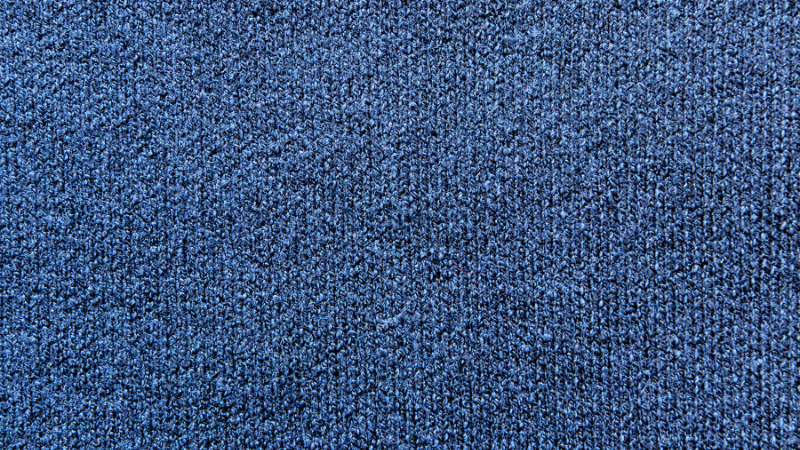
When it comes to the selection of this fabric in comparison to organic cotton, a number of crucial aspects are involved such as texture, moisture absorption, breathability, durability, and sustainability. The following is a comparison in detail:
| Feature | This Fabric | Cotton |
|---|---|---|
| Origin | Wood pulp | Plant fiber |
| Texture | Smooth, silk-like | Soft, breathable fabric |
| Moisture Absorption | High | High |
| Breathability | Good | Excellent |
| Durability | Moderate | High |
| Sustainability | This depends on production process | Organic options are more earth friendly |
| Shrinkage | Without treatment extreme | Moderate |
Softness & Texture

This fabric is best known to have a touch of silk, hence an elegant experience which is similar to the feel of silk in terms of softness and sheen at a cheaper price. It also drops with grace, which makes it graceful to any outfit.
Be it a dress, blouse or a scarf, this material brings the sophistication and classiness of silk, but not at the high price tag. Its soft texture has been very comfortable to the skin, hence it is an ideal fabric in the case of special occasion or formal attires where appearance and comfort is paramount.
Comparatively, cotton is soft and more natural in texture. It does not possess the shiny finish that this material has, but it is more comfortable and breathable to make it perfect to wear casually on a daily basis.
Cotton clothes are multifunctional and they offer the comfort required in t-shirts, jeans, and bed linen. Although cotton fibers do not resemble the luxury of artificial silk, it is soft, breathable, and, therefore, an easier-to-take-care-of alternative to wear on a daily basis. It is long-lasting and comfortable; thus, it is a classic wardrobe.
Moisture Absorption & Breathability
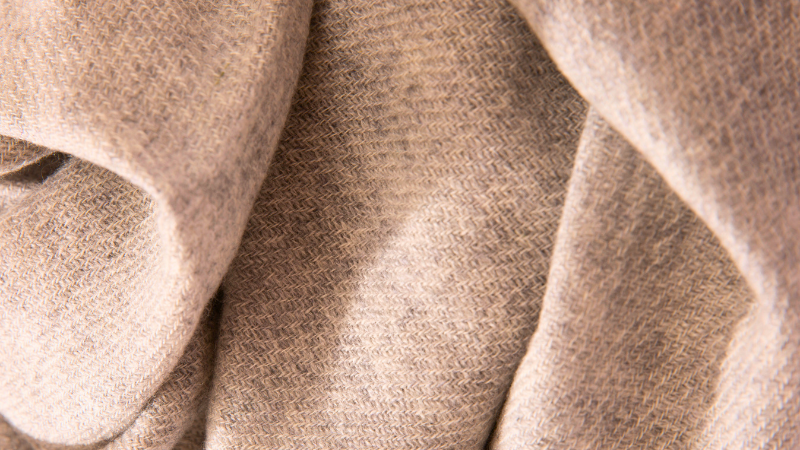
Cotton is highly absorbent and breathable and will therefore make an ideal garment in warmer environments. Its natural fibers enable the circulation of air, thus the body remains cool and dry.
Cotton also has a moisture absorbent power that is used to dry sweat off the skin, making it the best fabric to be worn in hot weathers or by sensitive skinned individuals. It is breathable enough to keep the body warm or cool even in hot weather or during exercise, hence the reason why cotton is a first choice when wearing casually or during exercise.
Although it is not that breathable like cotton, this material has good moisture wicking properties. It is thirsty and dries very fast, with comfort in summer wear. But its breathability is not as high as that of cotton because it does not permit the same amount of air passing through the fabric.
This implies that it could still be used to give a cool, comfortable effect, but it might not be ideal in extremely hot/humid environment where the most breathable condition is needed. Even so, it can be worn casually or formally in summer because of its moisture absorbency.
Durability
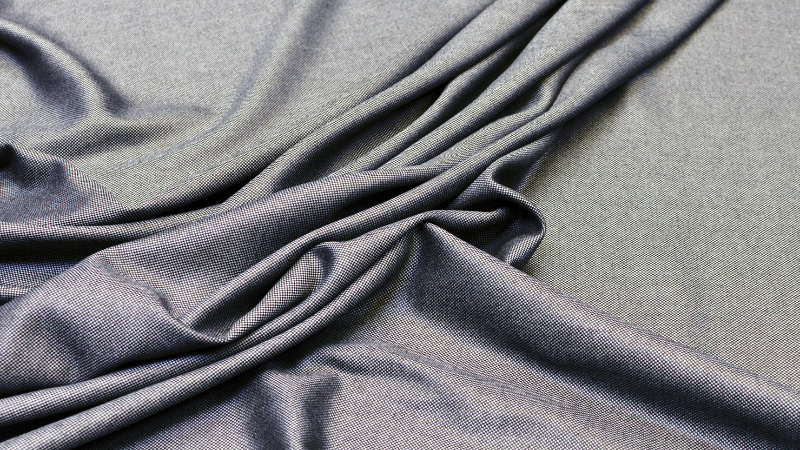
Among the main disadvantages of this fully synthetic materials is the relatively low durability, particularly, when it is wet. They are more sensitive and can easily be torn or lose shape when it comes to moisture, hence, they need to be handled with care during the process of washing and drying.
Also, compared to cotton, this fabric is more wrinkled and shrinks more easily. Although it looks very classy, it is a more maintenance-prone fabric as it requires hand-washing and drying in the air. It is also sensitive, so washing it too often or not taking good care of it might end up with the organic material losing its soft, silky feel.
Cotton, on the contrary, is much more durable, including even being wet. Cotton/woolen fibers withstand washing and still remain strong and retain shape, makes it very handy in day to day wear.
It is more wear-resistant as compared to this fabric and it doesn’t wrinkle or shrink easily, particularly when well taken care of. This resilience has led to the cotton being most suitable in making clothes that should be washed regularly and used every day. It is also functional and easy to maintain, so it is a frequent feature in informal and day-to-day wear.
Common Uses of This Fabric
This is a multifunctional material that is applied in numerous ways, including clothes and decor making. It is an ideal fabric to wear due to its rich material and breathability, and it is a favorite when it comes to design and interior.
Clothing
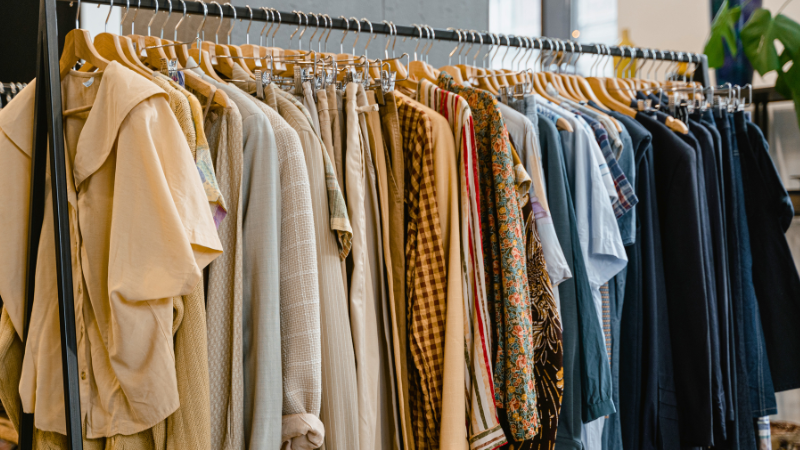
The light and viscose breathable quality of the fabric makes it fashionable. It is comfortable and elegant at the same time, which is ideal whether we need something more formal or casual. It is used mainly in the following ways:
- Dresses: The elegant drape may also be used to dress in beautiful silhouettes both in day and night dresses.
- Blouses and tops: Blouses that are made of this fabric are soft and breathable to give all-day comfort, so they fit in every woman wardrobe, both working dresses and casual outdoor clothes.
- Scarves and skirts: Scarves and skirts, made of this material and fabric, have a silky texture and are fluid in their movement, creating a sophisticated touch to any outfit.
- Blazers and jackets: These lightweight and breathable items are a great fashionable choice with all-important comfort without the heaviness of other materials.
Home Textiles

Besides clothing, Viscose fabric is used to add sophistication to home textiles, as well. It is also soft and easy to touch and it hangs beautifully, adding beauty to any room.
- Curtains: The beautiful drape of this fabric makes it a perfect idea of curtains, which bring elegance to a room and allow the natural light to enter it.
- Upholstery: It can be used alongside other fabrics to serve as upholstery so that the furniture looks presentable and comfortable.
An Affordable Silk Alternative

One of the biggest attractions about this cellulose derived fabric is the fact that it is able to replicate the silky feel of silk, yet at an extremely reduced cost. This material is perfect in case you want a fabric that feels as finely textured as silk, and looks that way, but you are not ready to dish out a fortune.
- Silk-like touch: The fabric has the softness, the silk-like sheen and the luxurious drape of silk without the high price. This blended fabric is a perfect choice for any individual who would like to possess the classy appearance of silk but at a cheaper price.
- Affordable style: Although they are not very rich, they can still afford to be elegant with this material. It does not matter whether you are buying formal dresses, blouses or even scarves, this fabric will enable you have a high-end look without spending a lot of money.
Pros and Cons of This Fabric
Like any other material, you should take a closer look at both the positive and the negative sides before purchasing it. Although it has luxurious texture and versatility, it has its challenges as well.
Pros
- Airy and comfortable: It is lightweight and breathable, which is why it is perfect to wear during hot weather and comfortable clothes.
- Silk-like drape: It gives a smooth, silk like drape and it is ideal to be used in elegant evening wear and blouses.
- Affordable: It provides the same luxury of natural silk but at a very cheap price, hence, it is an affordable substitute.
- Multifunctional: The fabric can be used in various ways such as in fashion, home fabrics such as curtains and upholstery.
Cons
- Tendency to shrink and wrinkle: Viscose shrinks and wrinkles easily, and must be handled more carefully during the washing and the drying.
- Less durable when wet: This versatile fabric is weaker in wet states, and therefore likely to break.
- Environmental impact: The viscose production process is based on the use of toxic chemicals, yet there are ecologically friendlier options.
Is This Fabric Eco-Friendly?

The traditional methods of manufacturing Viscose need the application of toxic chemicals like carbon disulfide that when poorly contained could blow an unpleasant impact on the environment. More environmentally friendly options such as Lenzing and EcoVero, exist with a closed-loop manufacturing process, which also reduces waste and the use of water.
In order to ensure the responsible production of the fabric, FSC or OEKO-TEX and RCS certifications have to be sought when purchasing this fabric from viscose manufacturing sites who produce rayon.
How to Care for This Fabric
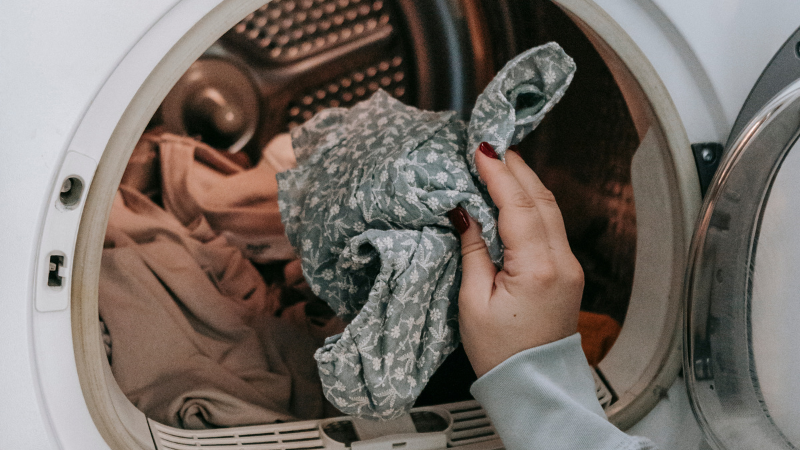
Since this fabric is more fragile than synthetic or natural fabric such as cotton, this fabric needs additional care in order to ensure that it retains its luxurious look and feel. Here are some hints on taking care of them to avoid shrinking, wrinkling and harm:
- Washing: Washing by hand, do not employ warm water but make use of a gentle detergent or put it through the gentle washing machine. Any twisting, scrubbing, is not desirable as the fabric will be distorted.
- Do not use high heat: Do not tumble dry and the heat can make it shrink. Rather, air dry by putting on a towel or a drying rack.
- Light Detergent: Use a liquid light detergent which is the one to be suited on fine fabrics. Never put bleach or fabric softeners, the high wet modulus rayon fibers could be damaged.
- Dry Flat to Avoid Stretching: Squeeze out the overflows and place the cloth in a flat manner to dry up. This is to maintain its form and free flow.
Storage Tips
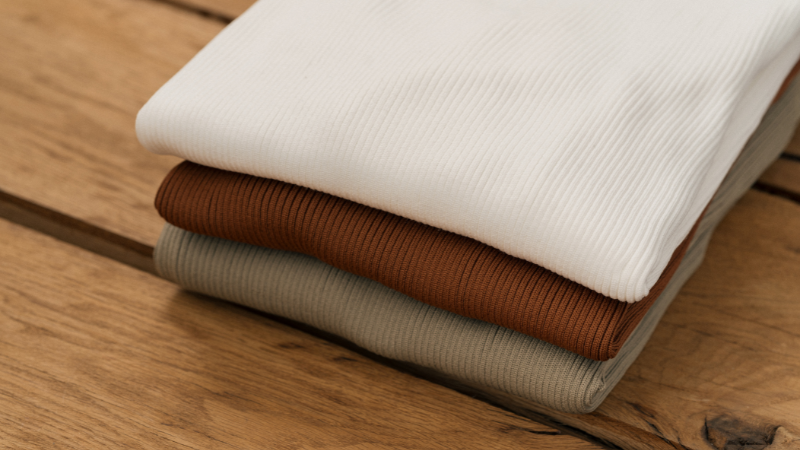
Viscose rayon garments require proper storage to ensure that they last long and retain the luxuriousness. Since this material is sensitive and can easily be damaged when not stored in the proper way, adherence to the proper storage procedures may aid in maintaining the look and prolonging the life of this viscose material. These include:
- Keep clothes in a cool, dry place: Clothes must be kept in a cool and dry place where the level of humidity is minimal so that they do not wear off. An excess of moisture can cause mold and the excess of heat can weaken the alkali cellulose fibers and cause shrinkage.
- Avoid the direct sun: The sun rays can fade products and make the thin hairs more susceptible. Store in dark areas and consider putting bags, pressed sheets or shields in case your closet is under the light.
- Padded Hangers: Padded hangers are the best in keeping the shape of your clothes. They assist in avoiding shoulder bumps that are likely to be experienced with wire hangers and the shape of the fabric is maintained.
- Do not crowd your closet: You should not overcrowd your closet because you do not want your clothes to stretch or be crushed. Avoid overcrowding where the modal rayon garments are not squeezed together.
- Garment bags: Use breathable garment bags in order to store clothes when not in season; it is long term storage. These bags keep your clothes safe of dust and dirt, but still they can breathe. Plastic bags should be avoided because they may trap moisture and cause molds.
Final Thoughts: Is Viscose the Right Fabric for You?
Viscose is perfect for those who want to have luxurious and silk-like materials at a cheap price. It is lightweight and elegant with a beautiful drape, which makes it suited to dresses, blouses and scarves. Being an eco-friendly consumer, you should find a sustainably produced blending viscose like EcoVero 100 or bamboo viscose, which is eco-friendly.
Although cotton fabric is stronger and breathable to wear in daily life, viscose offers a stylish, comfortable alternative to people who want to bring some sophistication to their wardrobe.
Visit Yanmao Textile Technology CO., LTD and discover the best quality, sustainable viscose fabrics with a luxury, durable, and environmentally friendly approach to your fashion and textile industry requirements.





